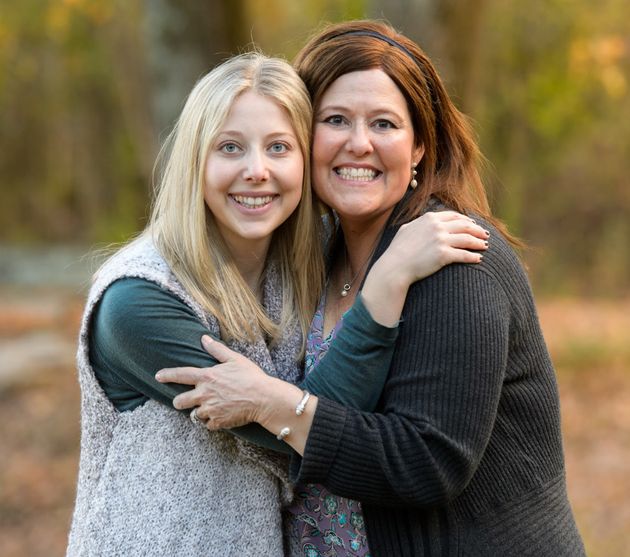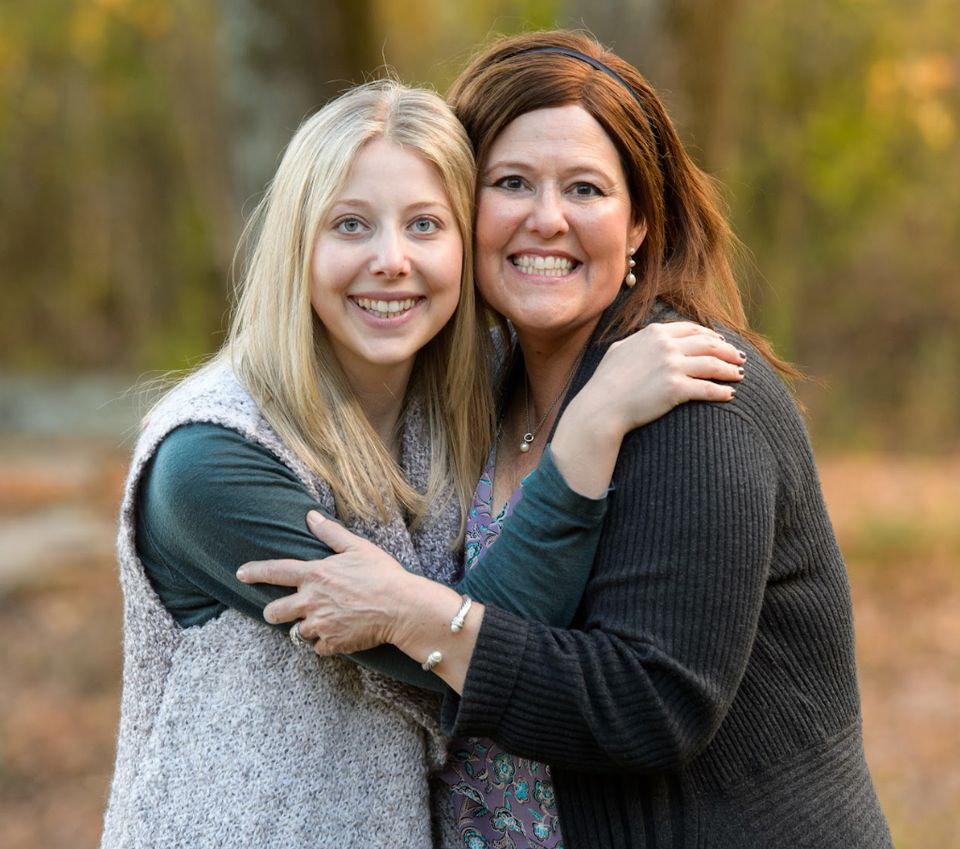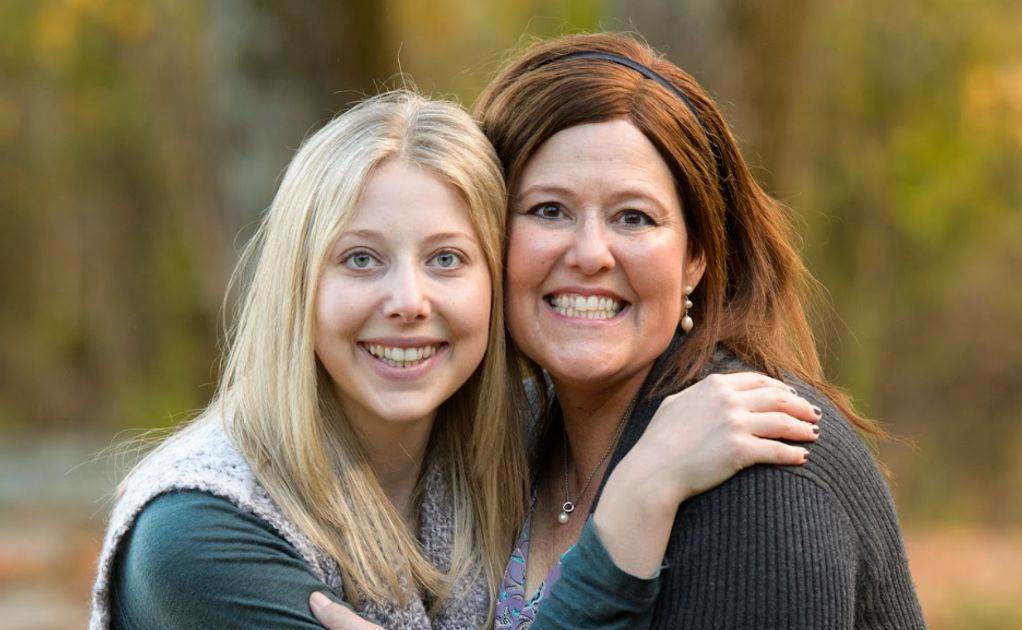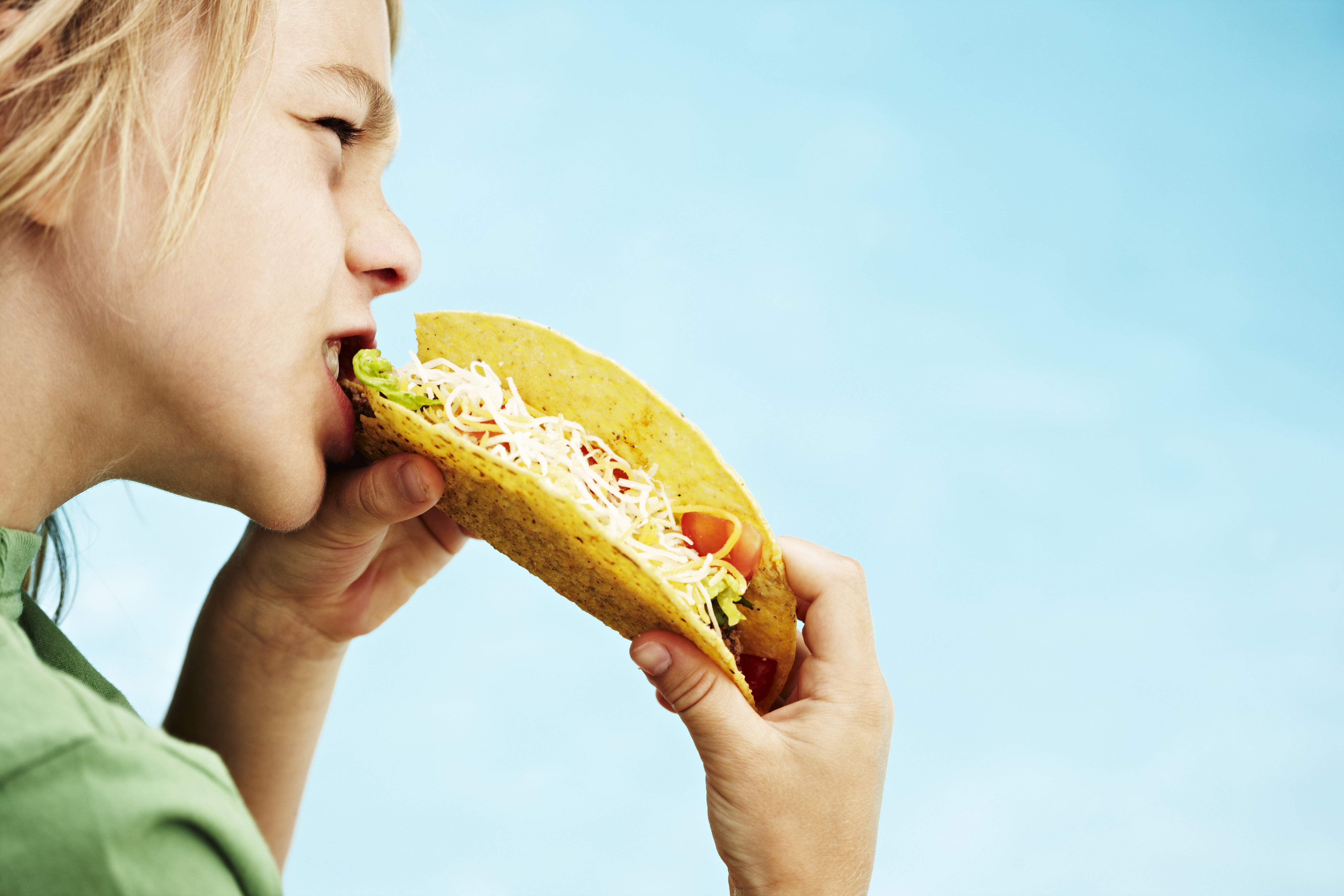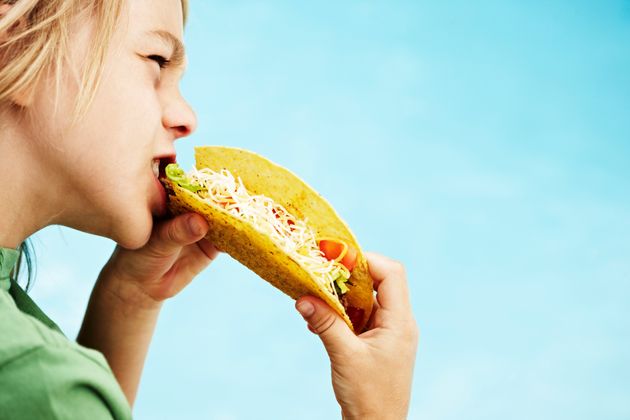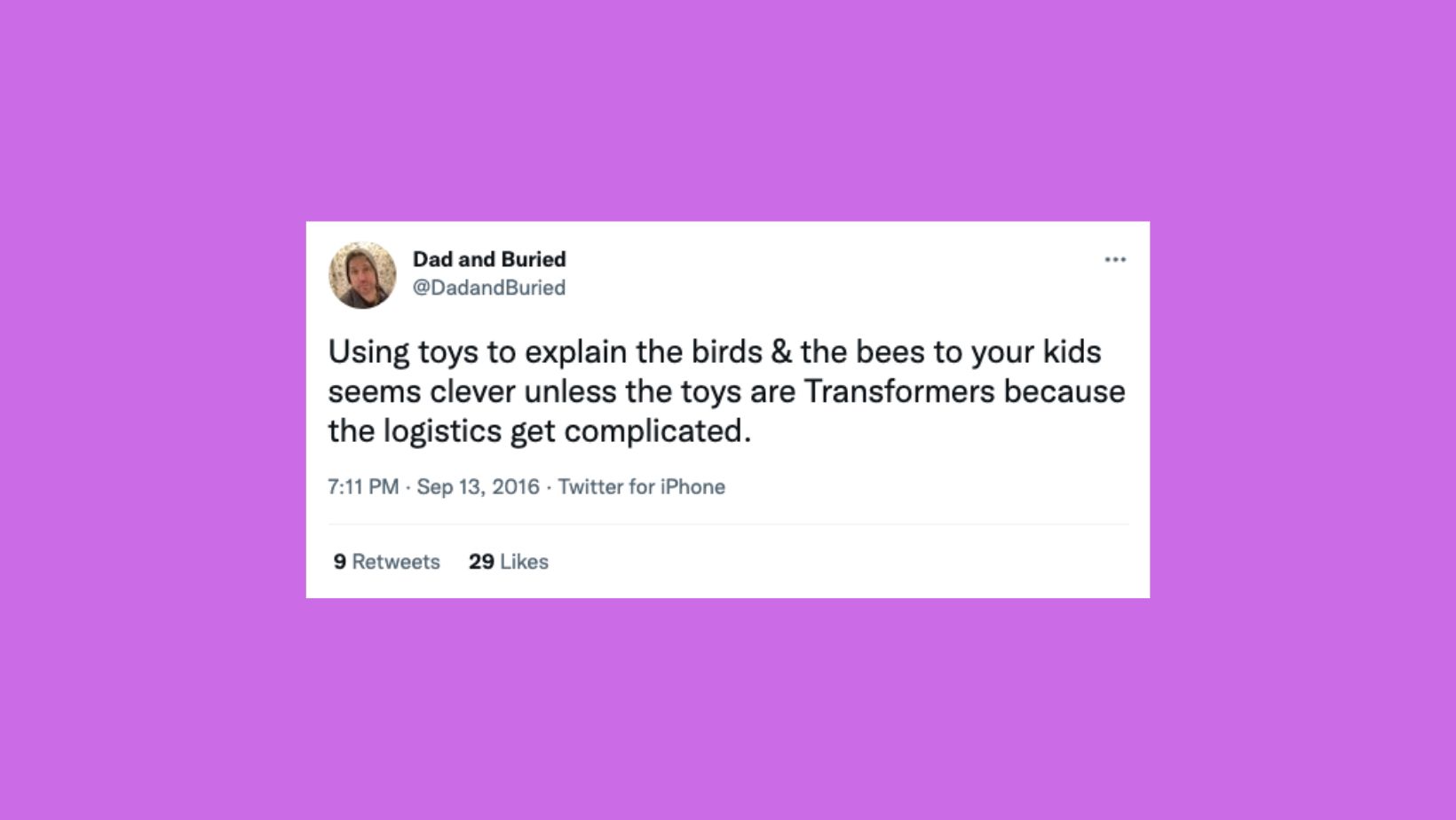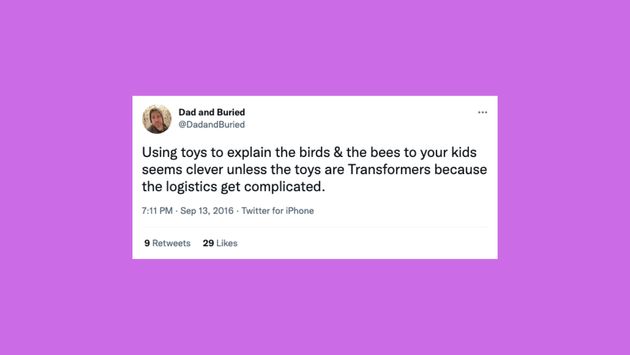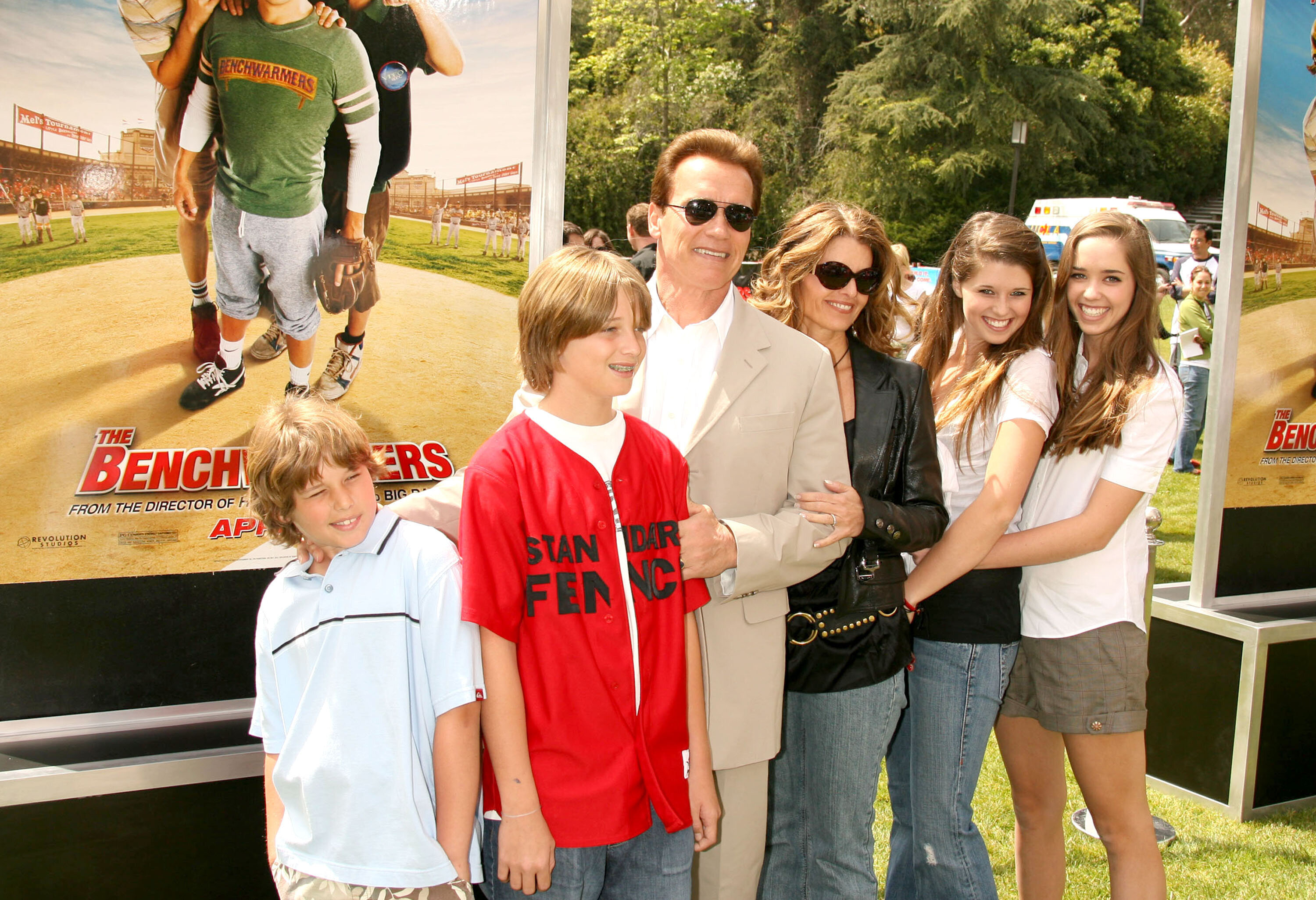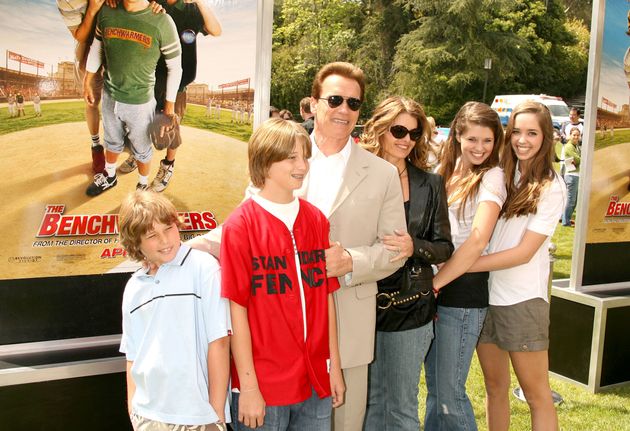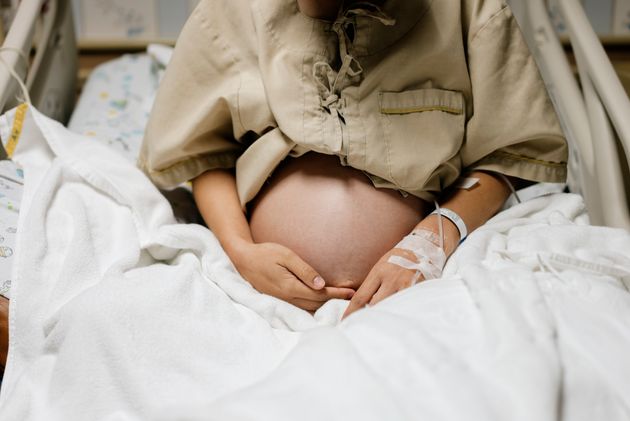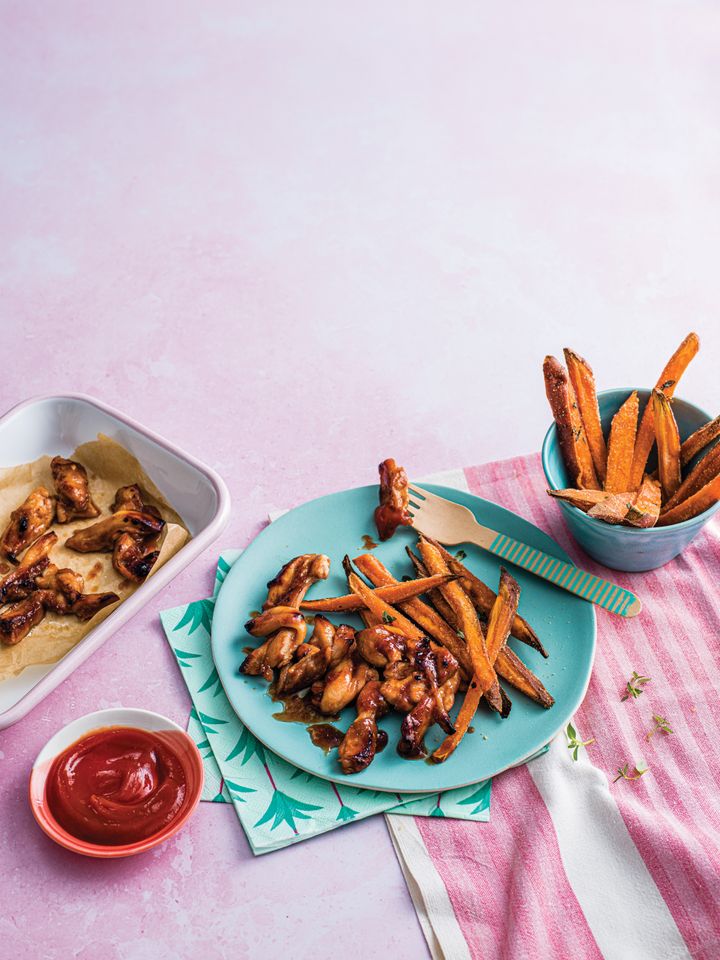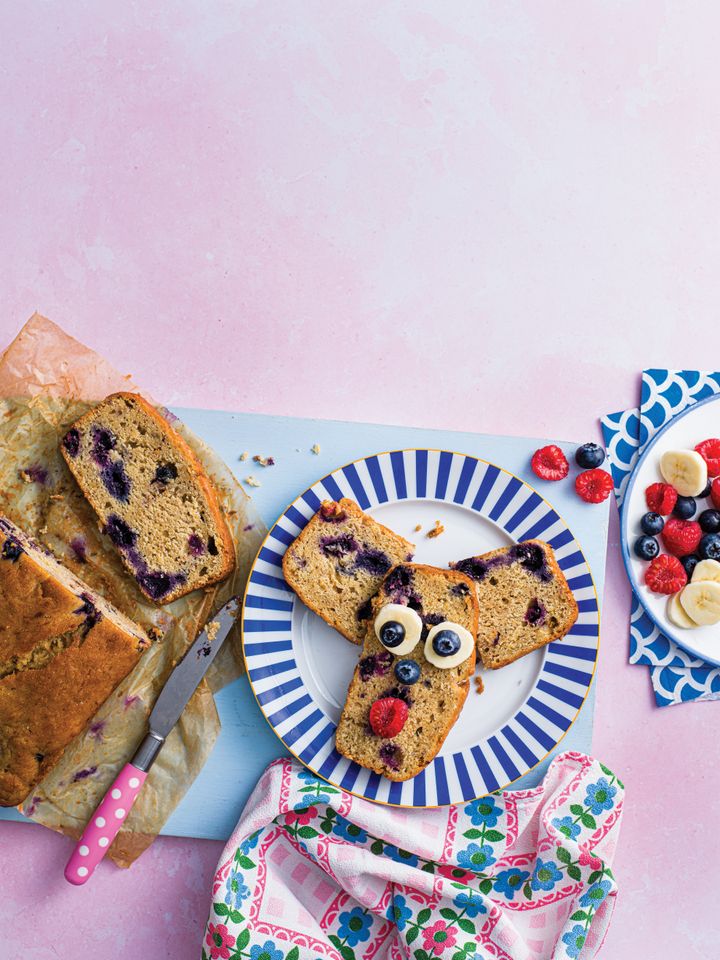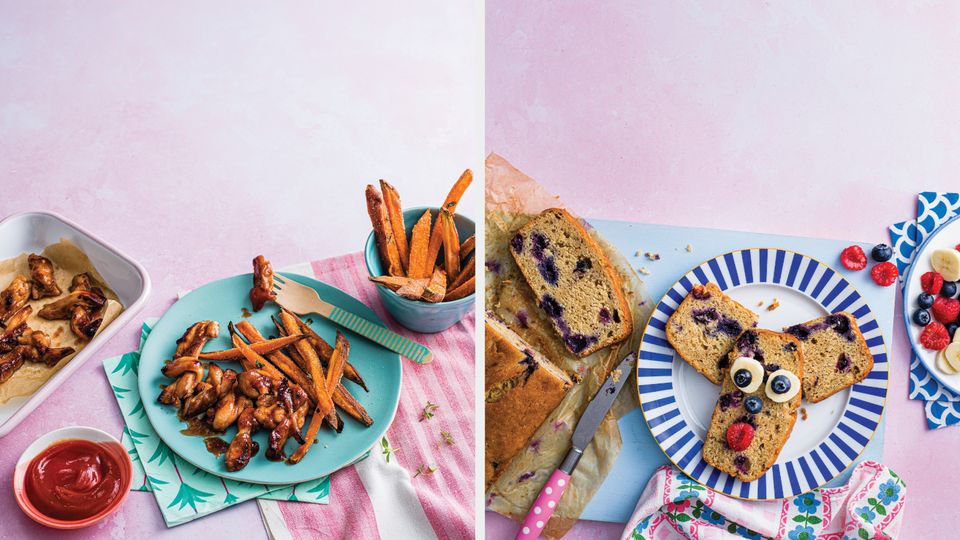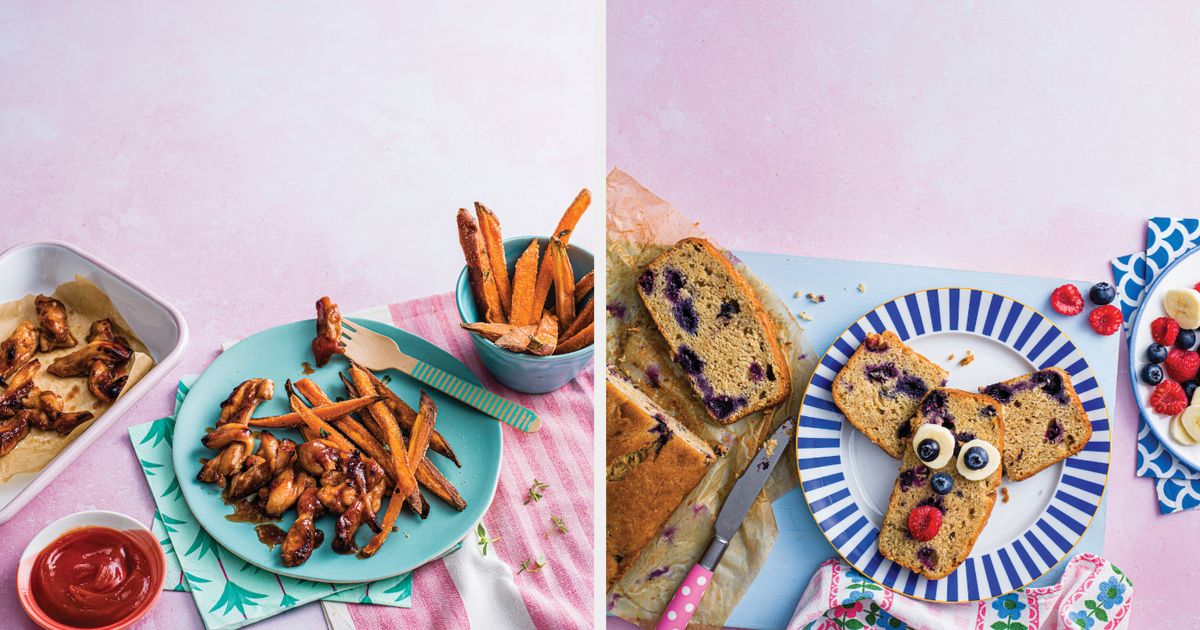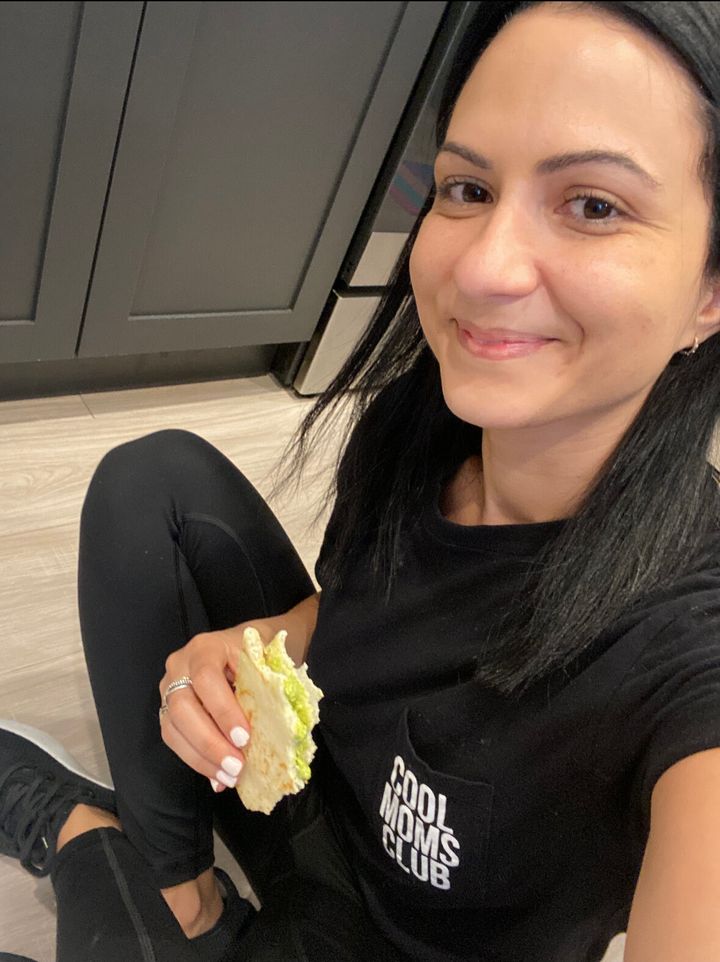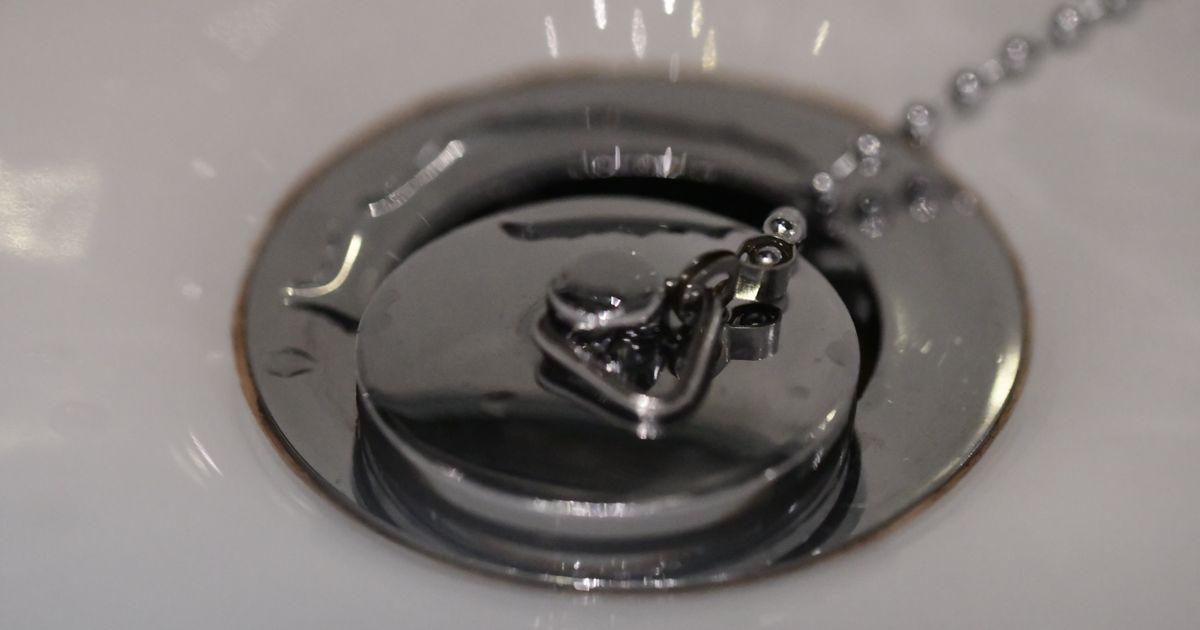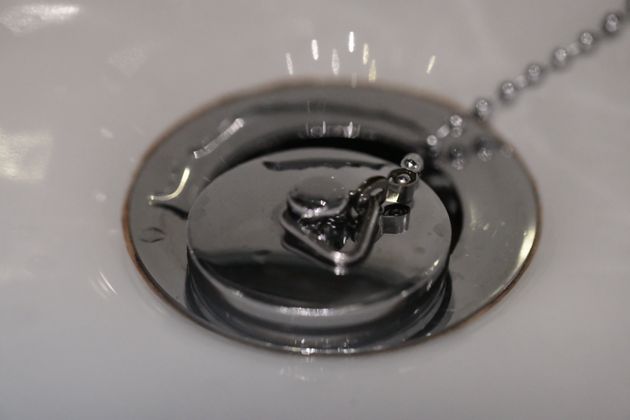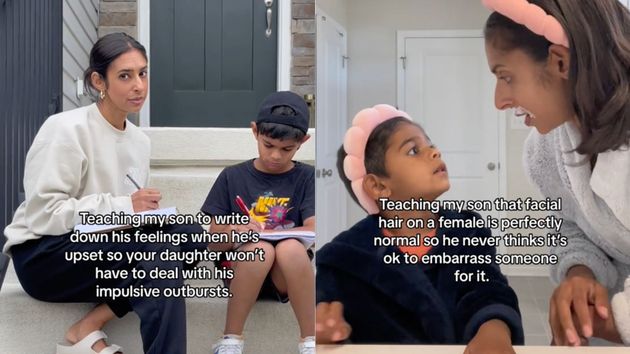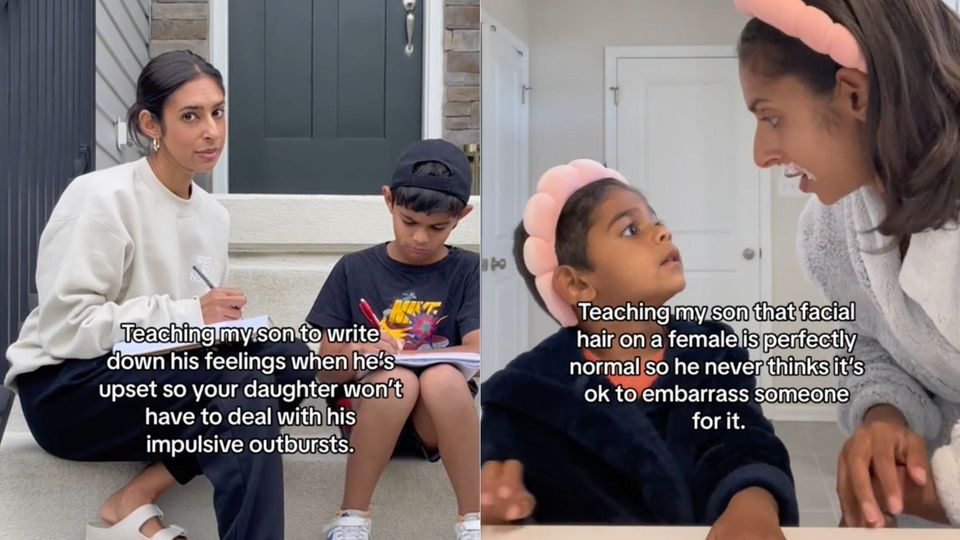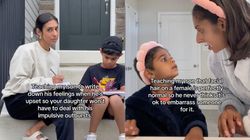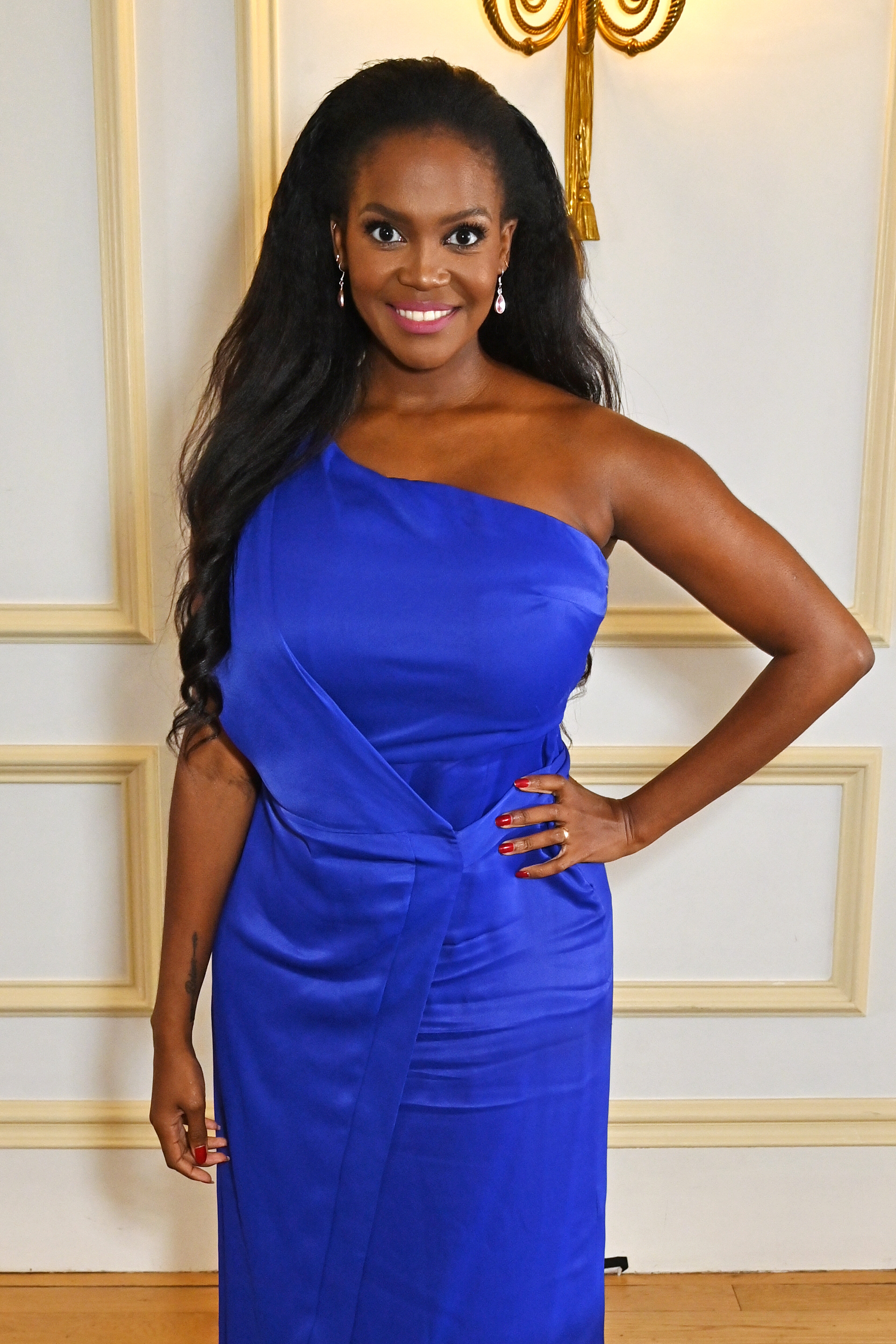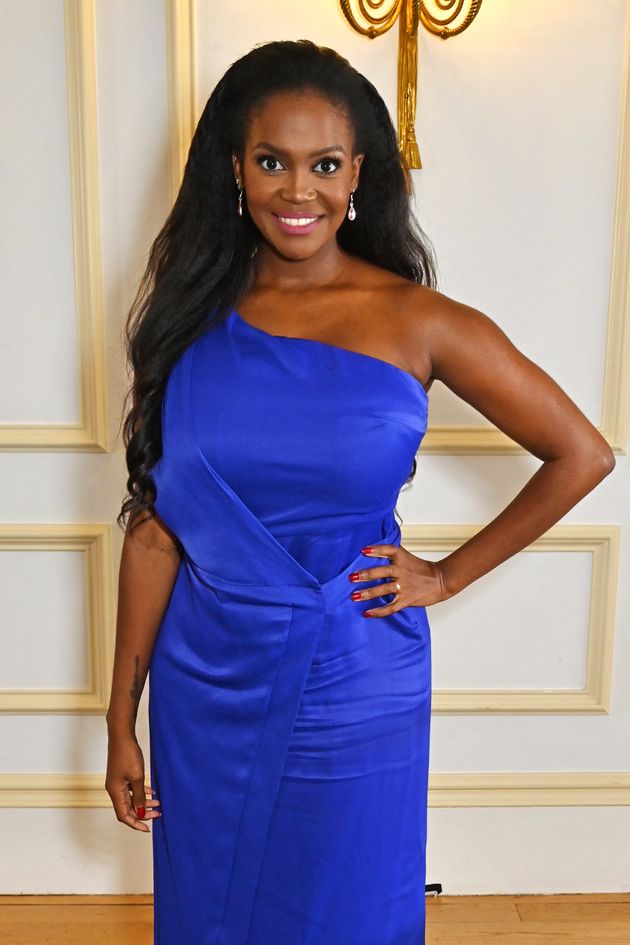When I was 8 years old, my mom, who was about 20 weeks pregnant, flew to Boston with my then-stepdad. She returned without a bump or a baby.
When she got home, she was devastated. So was I, because I’d always wanted a little sister. I’d been thrilled when my mother’s belly started to grow, and people began congratulating her everywhere we went.
Advertisement
She’d remarried less than a year before that, and the transition of having a new man in the house had been tough for my younger brother and me. A new baby was something we could all rally around, so it was especially difficult for all of us when my mom started experiencing complications.
At the beginning of her second trimester, right after she’d started telling people she was pregnant, she began bleeding and cramping. I spent a lot of afternoons at my cousin’s house while my mom attended doctor appointments. She’d return to pick me up, and I’d find her whispering in the driveway with my aunt. One night after dinner, we had a family meeting where she told us that the baby had a heart problem and would need surgery right after it was born.
The bleeding continued, and there were more doctor appointments and late-afternoon pickups and whispered conversations. A few weeks later, my mom went to Boston. When she returned, a new word was added to my second-grade vocabulary: miscarriage. At the time, I was old enough to know the baby was gone, but too young to understand or remember any specifics.
Still, my mom’s “miscarriage” shaped my perception of pregnancy. I understood its fragility.
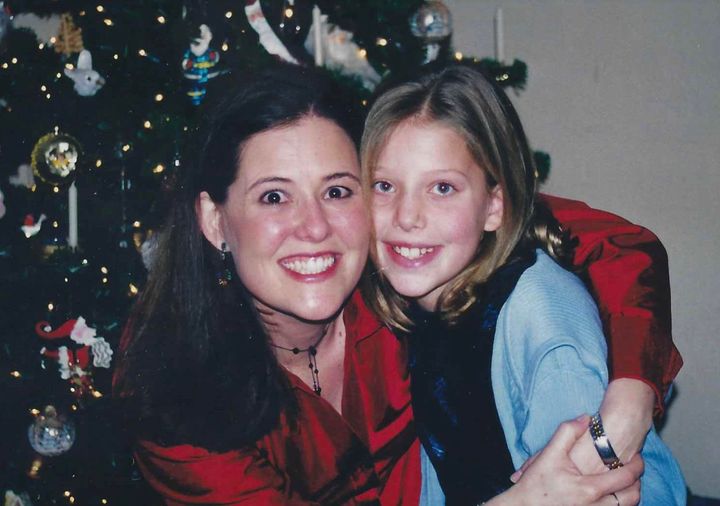
Courtesy of Sarah Hunter Simanson
Advertisement
In the fall of 2017, just as the Memphis air was turning from humid to crisp, my mom and I went for one of our regular morning walks. She was between chemo treatments for the stage 4 cholangiocarcinoma she was battling, and I had just taken my first positive pregnancy test. I hadn’t told her yet. My mom didn’t even know my husband and I were trying. I was only about four weeks pregnant, and I was afraid of getting her hopes up at a time when she really needed things to believe in, so I decided to wait to share my news until my doctor detected a heartbeat at the six-week appointment and I had an ultrasound picture to show her.
As we walked under the canopy of brown and burnt orange leaves, I asked her questions about when she was pregnant with me: “How did you feel? What was it like? Did it hurt?” This was something I’d started doing about many different topics ― I sought out information I wanted to know from her and asked questions while she was still around to answer them.
But that morning, my mom didn’t have many answers about when she was pregnant with me. “I don’t remember,” she told me. “You forget the hard parts, so you can do it again.”
We walked around a big curve in the road, and I thought about the poppy seed-sized embryo inside of me. My mom turned to look at me. I expected her to offer some insight about morning sickness or food cravings, but she changed the subject.
”You know it had genetic abnormalities, too?” she said out of nowhere. Actually, I didn’t know this, because she never talked about the baby she lost. ”My body kept trying to abort it, but it couldn’t. That’s why I kept haemorrhaging.” Her voice was faraway as she mentally traveled back to that time.
Advertisement
Now, almost four years after my mom’s death and five years after that conversation, I still remember it vividly — the crunch of leaves under our feet, the exact bend of that road, the mild weather of the day. The moment was a glimpse into the experiences of my mom’s that I could never access ― a reminder that she’d die with so many untold stories.
One day last summer, as I watched my two kids playing under the bright pink blooms of the crepe myrtles in our backyard, I began bleeding. It was a very early miscarriage, nothing like what my mom had been through. But it still made me think of her and that conversation. I couldn’t know the extent of her much-worse tragedy, but I, too, was experiencing a third pregnancy that would never be. My miscarriage — this third baby that would not be — made me feel connected to her.
It wasn’t until last month, when Tennessee’s total abortion ban went into effect, that I finally understood my mom didn’t have a miscarriage. Technically, legally, she had an abortion.

Courtesy of Sarah Hunter Simanson
Tennessee’s ban is one of the strictest in the country. It does not include an exception for incest or rape, or for the life of the mother. Instead, the law offers the possibility of an “affirmative defence,” which allows the doctor, if charged with a Class C felony, to argue that an abortion was necessary “to prevent the death of the pregnant woman or to prevent serious risk of substantial and irreversible impairment to a major bodily function of the pregnant woman.”
Advertisement
As I read the law’s language and understood that women in Tennessee were no longer guaranteed equitable, potentially lifesaving health care, I thought back to my mom’s words: That’s why I kept haemorrhaging.
I had to know what happened in Boston. I was almost certain the pregnancy had put my mom’s life at risk and that she’d had to get an abortion, but I needed corroboration. I called my great-aunt who lives in Boston, and she immediately answered the questions I’d never known to ask.
“Yes, it was an abortion,” my great-aunt told me. “It wasn’t a viable pregnancy. It was endangering your mom’s life. It was an extremely difficult situation, and she’d had to travel to Boston for the procedure because it wasn’t legal in Tennessee.”
My great-aunt didn’t remember the specifics about why the pregnancy wasn’t viable. I knew there was only one person who’d been to those appointments with my mom and might know everything: my former stepdad.
It took me weeks to text him. We hadn’t spoken since their acrimonious divorce, the year after I graduated from college. I wasn’t even sure he’d be receptive to these questions. The experience was so long ago, and it had been so painful.
Advertisement
But he was immediately responsive, and willing to share the details he remembered. He told me the foetus had a chromosomal abnormality, misshapen kidneys, a hole in the heart, and structures at the oesophagus and rectum that prevented the processing of amniotic fluids. My mom’s health was also at risk because she kept bleeding. The neonatologist said they needed to make a decision.
The specialist referred them to an abortion clinic in Tulsa, Oklahoma. When my mom called the clinic for more information, the receptionist warned her that patients were usually harassed when entering the facility. So my mom called her aunt in Boston, and she connected her to a doctor at a hospital there.
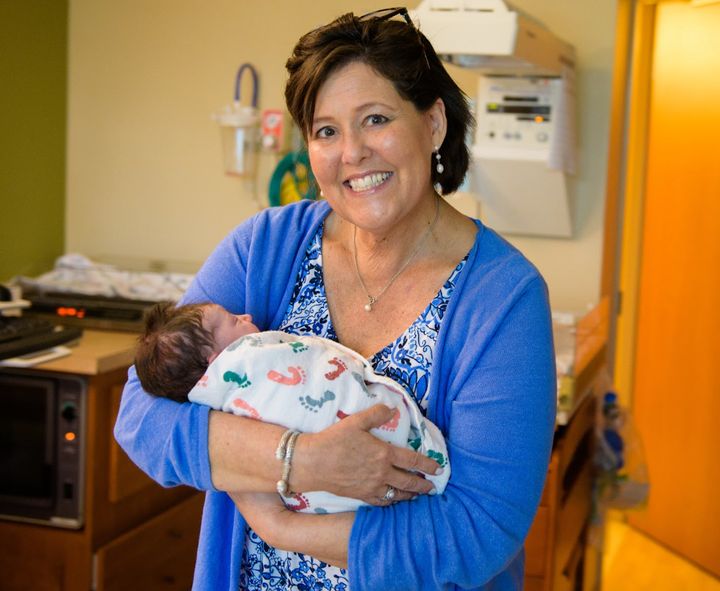
Photo by Madison Yen
Even though the baby had chromosomal abnormalities and too many physiologic issues to correct, and even though my mom’s body kept trying to abort the baby naturally, it was still an unthinkable decision, my former stepdad said. They sought counsel from their Episcopal priest and diocesan bishop. They consulted another doctor in Memphis. Ultimately, the doctor in Boston reaffirmed that the foetus was not viable and wouldn’t live if carried to term. Because of this, and because of the risk to my mom’s health, they decided to proceed with the abortion.
I’ll never know what my mom experienced during that procedure. Though it was an abortion ― and a choice she made ― she still considered it a “miscarriage,” and went on to describe it that way to the few close friends with whom she discussed it. I know it was traumatic, and that is why my family never talked about it. Most importantly, I know it was a procedure my mom needed for her safety, and one that other women will need for their own.
Advertisement
Chrissy Teigen recently revealed that, like my mom, what she had claimed was a miscarriage was actually an abortion. “I told the world we had a miscarriage, the world agreed we had a miscarriage, all the headlines said it was a miscarriage,” the model said. “And I became really frustrated that I didn’t, in the first place, say what it was, and I felt silly that it had taken me over a year to actually understand that we had had an abortion.”
There are so many reasons why someone may not admit that they’ve had an abortion ― from fear and grief to the nightmarish political climate and simply wanting to keep their medical decisions private ― and all of them are valid. The bottom line is abortion needs to be safe, legal and accessible for anyone who wants or needs one.
Despite the deep trauma of her abortion, I know that my mom was profoundly grateful she could get one. It ensured she’d live and allowed her to keep being my mom. While I did not know my mom’s story until recently, I know that if she were here today, she would be outraged by what has happened in this country ― and what’s still happening. I know she’d want lawyers to challenge the abortion bans that various states have enacted. I know she’d want Lindsey Graham to understand the devastating effect that a federal 15-week abortion ban would have on the health of women and people with uteruses. I know she’d want voters to support candidates who champion abortion rights. And I believe she’d be proud of me for speaking up now and telling her story in the hope that it might matter ― that it might mean something and maybe even help do something.
Ultimately, she’d want women to have access to the procedure that protected her life. And she’d want them to have it regardless of where they are in their pregnancy, or which state they live in.
Advertisement
Sarah Hunter Simanson received her MFA from Vermont College of Fine Arts. Her writing has appeared in Salon, Romper and The Daily Memphian. She is currently working on her first novel.

